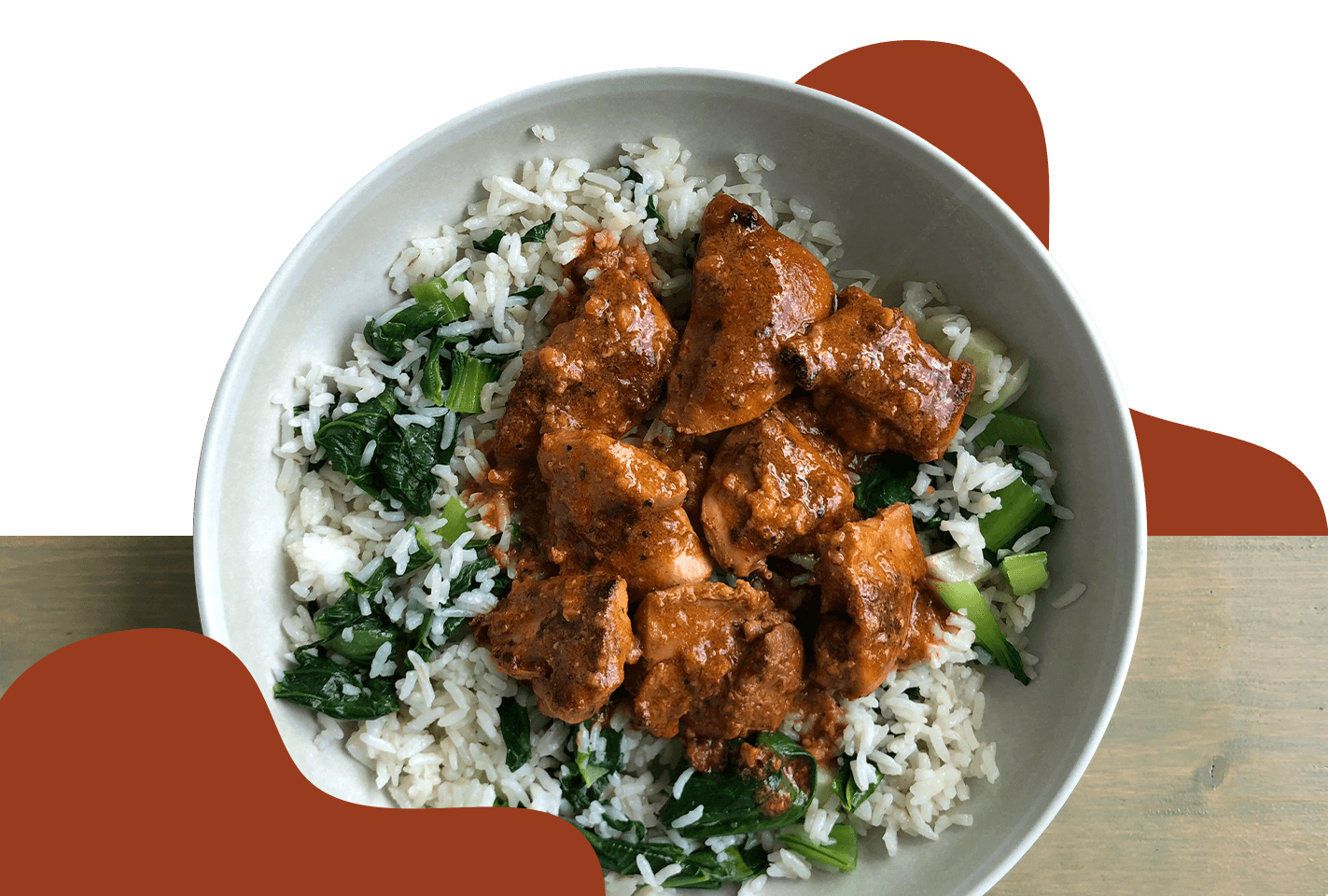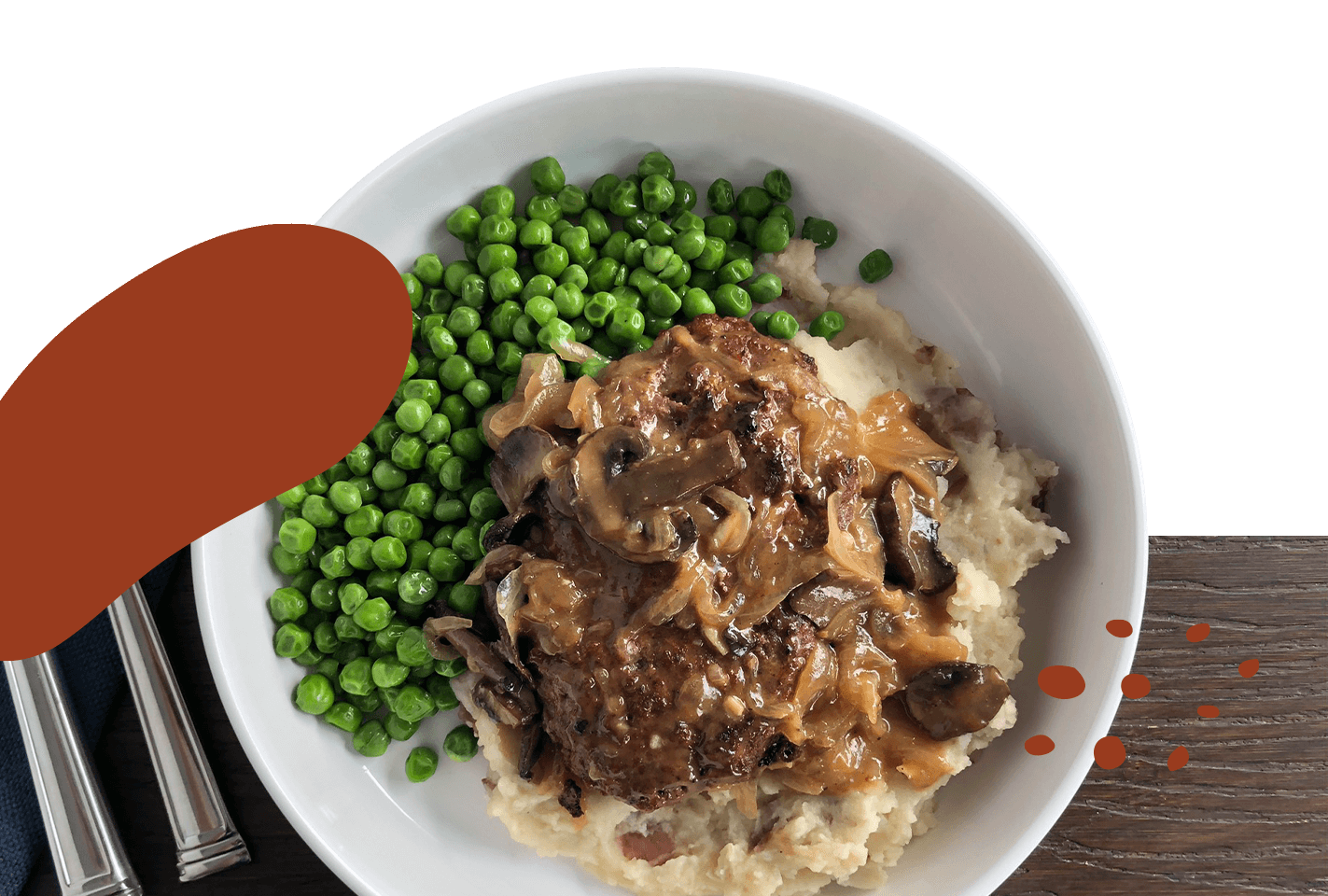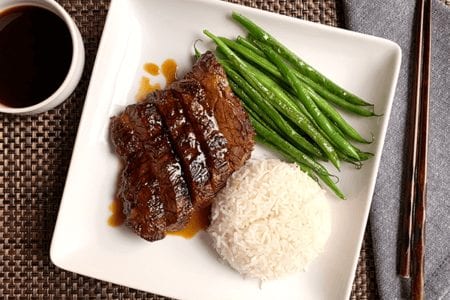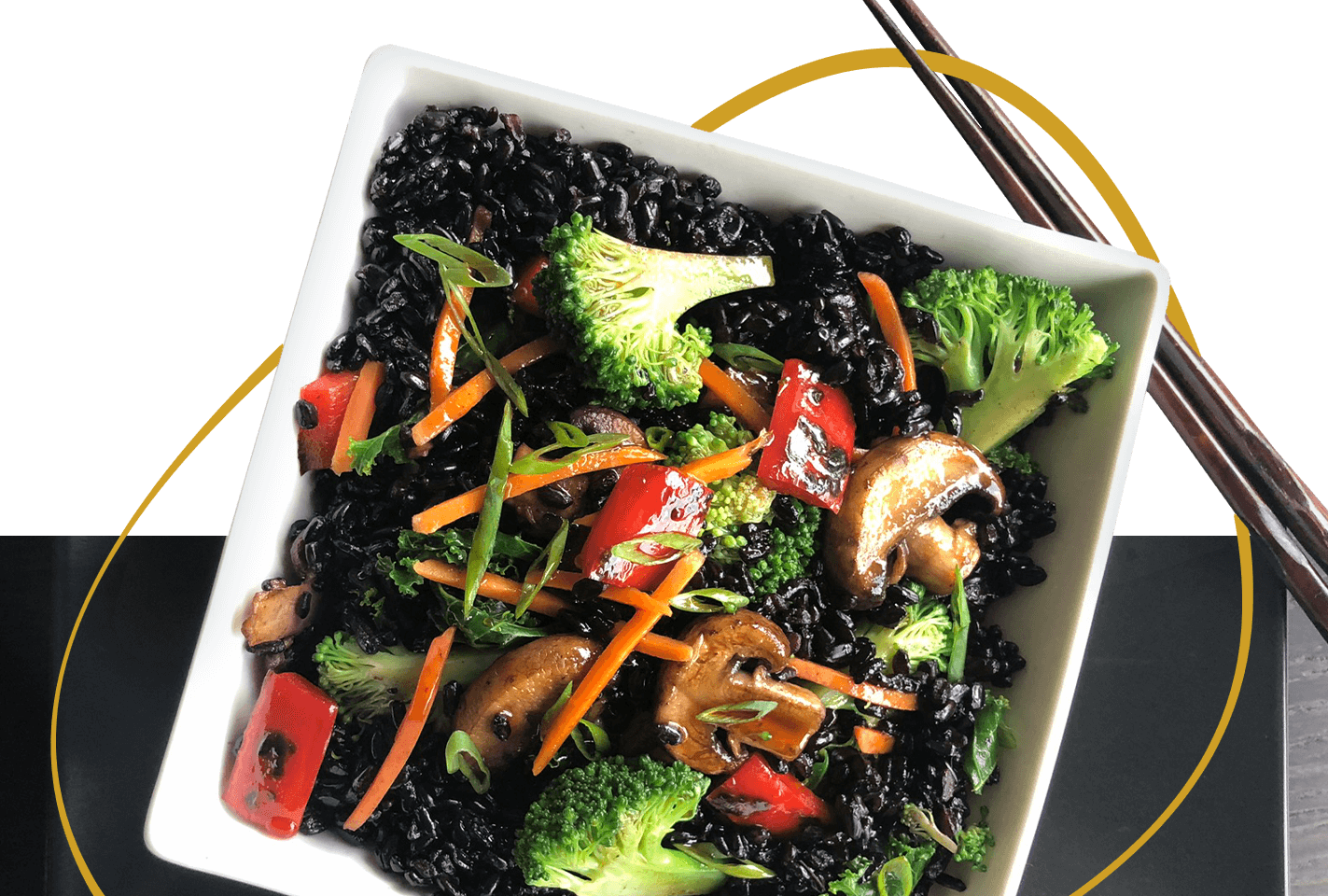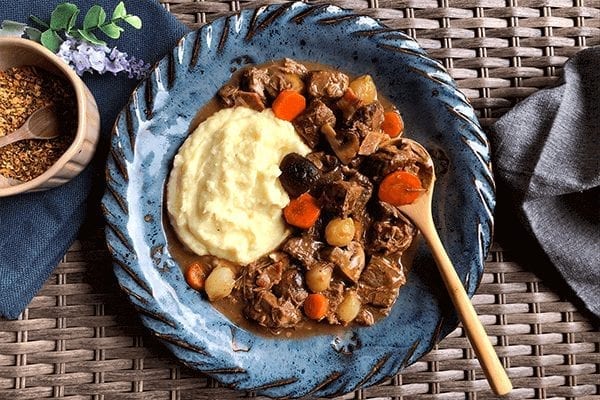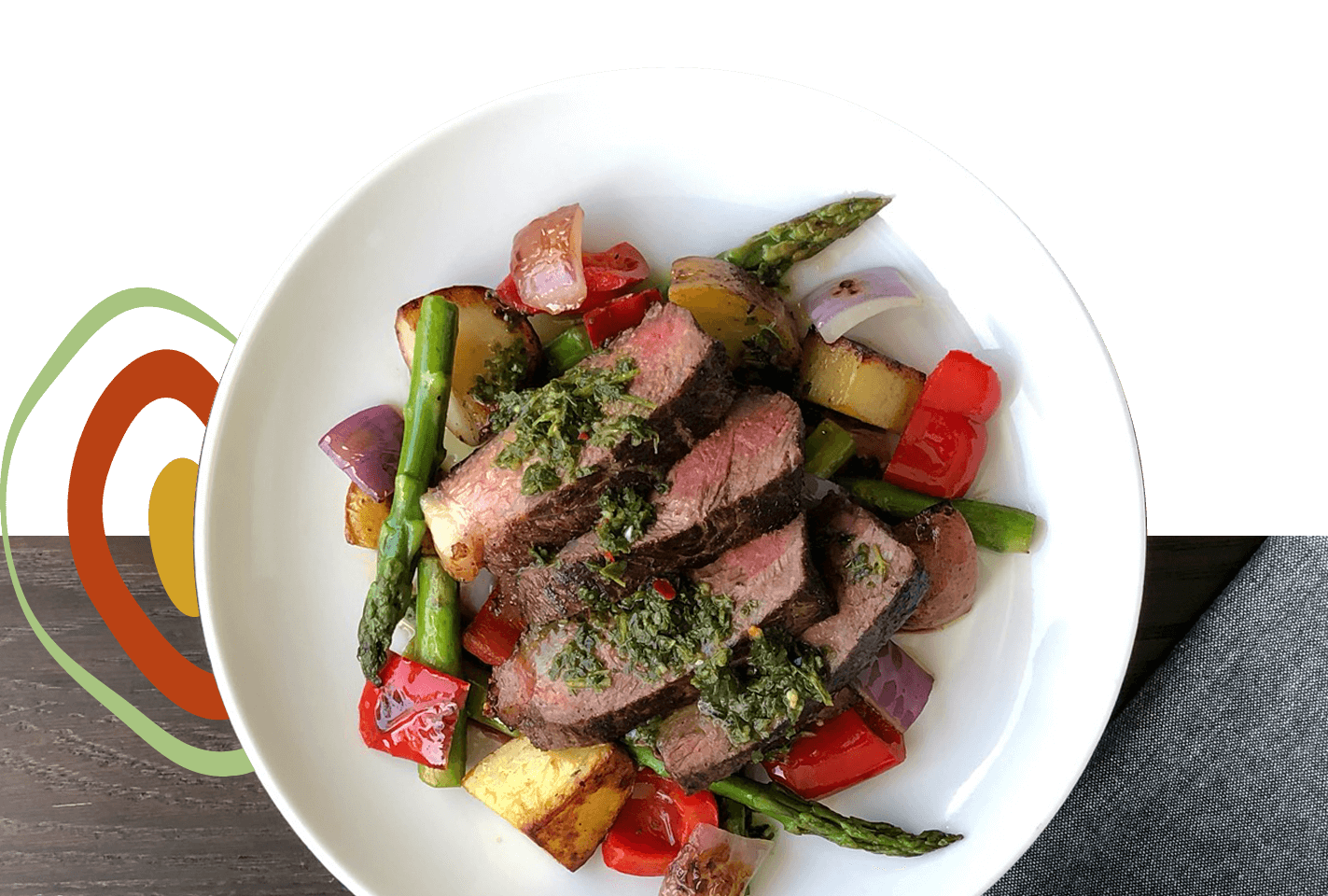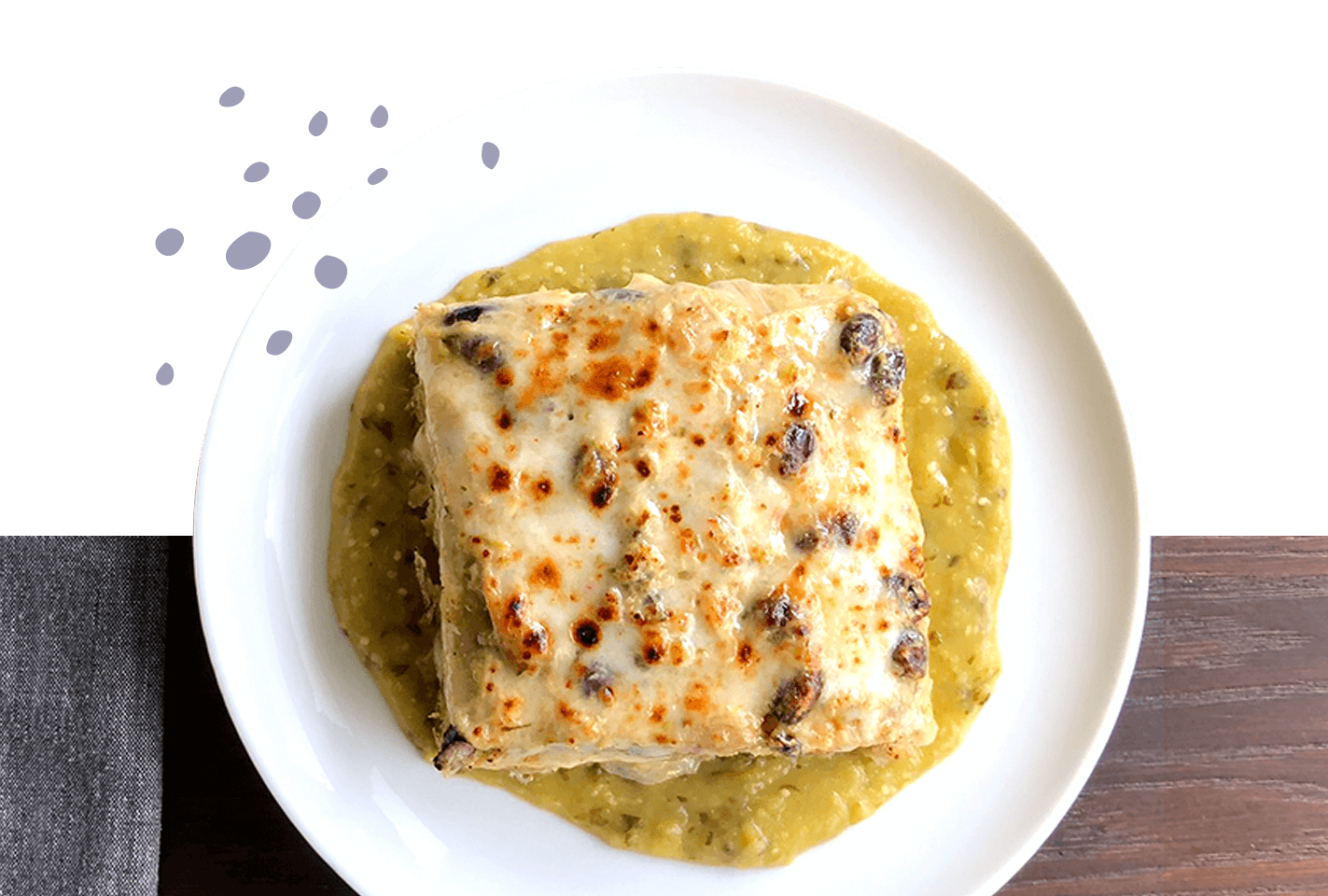Filipino Cuisine Steps into the Limelight
Asian cuisines have been part of the American landscape for decades. However, only in recent years have Filipino dishes started gaining recognition outside immigrant communities. This is surprising because Americans of Filipino heritage now make up one in five of all Asian-Americans, second only to Chinese in number. In addition, the largest percentage of immigrants serving in the United States military were born in the Philippines. Even Cristeta Comerford, the longstanding White House Executive Chef since 2005, is of Filipino descent. So why did Filipino cuisine remain in obscurity for so long and how come it is finally attracting attention?Continue reading


